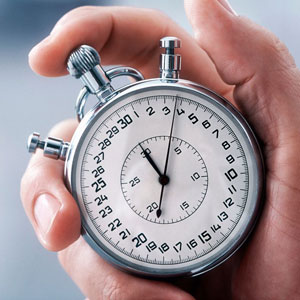
The statute of limitations represents the window of time that a plaintiff is permitted under the law to bring a lawsuit in a civil court. (Criminal proceedings also have statutes of limitation.) The California Code of Civil Procedure contains the time limitations for initiating most types of civil claims. A person who fails to file a lawsuit within the statutory period prescribed for a specific type of claim is forever barred from bringing the claim in the future.
*Personal Injury Against Private Individuals or Entities
Most personal injury claims fall under California Code of Civil Procedure § 335.1 CCP and must be brought within two years. These include “an action for assault, battery, or injury to, or the death of, an individual caused by the wrongful act or neglect of another.” This statute applies to personal injury accidents, wrongful death, assault, battery, intentional or negligent infliction of emotional distress, wrongful act, or negligent act.
*Personal Injury Claims Against the Government
Personal injury claims against the government generally fall under California Government Code § 911.2 GOV. The statute applies to personal injury claims against a government agency, or a government employee and provides less time for filing a lawsuit than § 335.1 does for actions against private individuals and entities. Personal injury plaintiffs typically only have six months from the date of the accident to notify the government of their intention to bring a legal claim.
*Wrongful Death
Actions for wrongful death are governed by California Code of Civil Procedure § 377.60 CCP. Because the statute applies to actions for the death of a person caused by the wrongful act or neglect of another, the time limit is outlined in § 335.1 and is two years. This two-year period begins to run at the time of the person’s death.
*Libel, Slander, and False Imprisonment
The statute of limitations for these actions is one year and governed by California Code of Civil Procedure § 340 (c) CCP.
*Property Damage and Trespass
This type of harm falls under California Code of Civil Procedure § 338 CCP. An action for trespass upon or injury to real property must be brought within three years. This also includes actions for taking, detaining, or injuring goods or chattels, including an action for the specific recovery of personal property. This is the California statute that applies to recovering property taken by theft.
*Fraud, Mistake
This also falls under California Code of Civil Procedure § 338 CCP. An action for relief on the ground of fraud or mistake must be brought within three years. The cause of action is not deemed to have accrued until the discovery, by the aggrieved party, of the facts constituting the fraud or mistake.
*Medical Malpractice
Actions for medical malpractice are governed by California Code of Civil Procedure § 340.5 CCP. An action for injury or death against a health care provider based upon professional negligence must be brought within three years after the date of injury or one year after the plaintiff discovers, or through the use of reasonable diligence should have discovered, the injury, whichever occurs first.
If you have suffered an injury in any type of accident, and another party is responsible for this harm, you have a right to compensatory damages for your losses. The personal injury attorneys at Moss Bollinger can help you assert your valuable right to compensation. Moss Bollinger is dedicated to protecting and asserting the rights of our clients. Call (310) 982-2291 today for a free consultation or contact us online.
Get Your Questions Answered. Call For Your
Free 30 Min Evaluation Today! (310) 982-2291